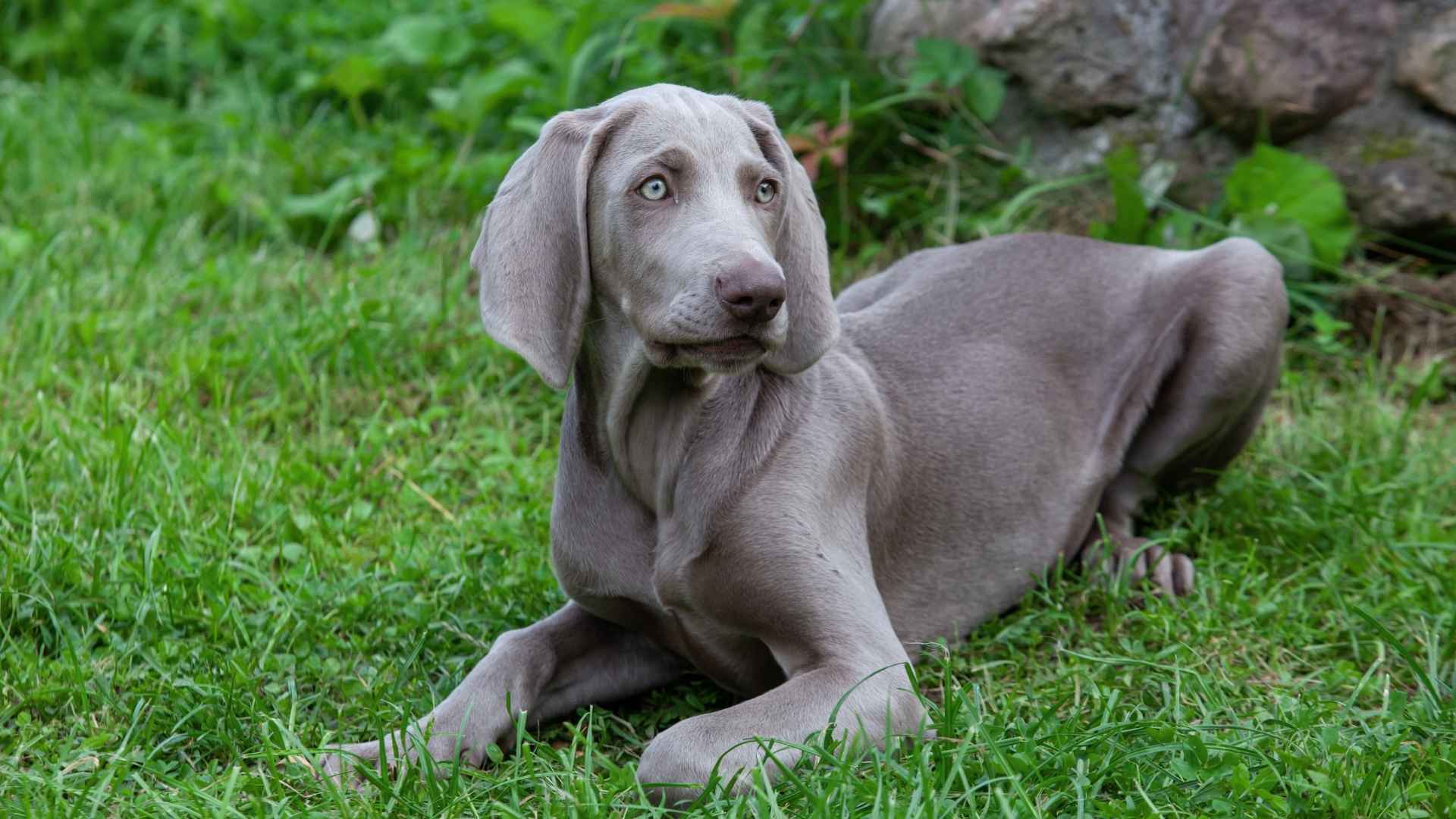Silver and gray dog breeds are a rare and captivating sight, their shimmering hues ranging from soft pewter to gleaming gray.
This unique coloration is uncommon and adds to the allure of breeds like the Weimaraner and Silver Labrador. However, behind their striking appearance, some of these breeds are particularly prone to separation anxiety.
Anxiety is a condition where dogs experience distress when left alone, leading to behaviors such as excessive barking, destructive chewing, or pacing.
Breeds with strong bonds to their owners or high intelligence levels often exhibit these tendencies more intensely. In this article, we’ll explore seven silver dog breeds known for their beauty and their higher chances of experiencing anxiety, providing insights to help ensure their well-being.
Silver Dog Breeds That Are Anxious
1. Whippet
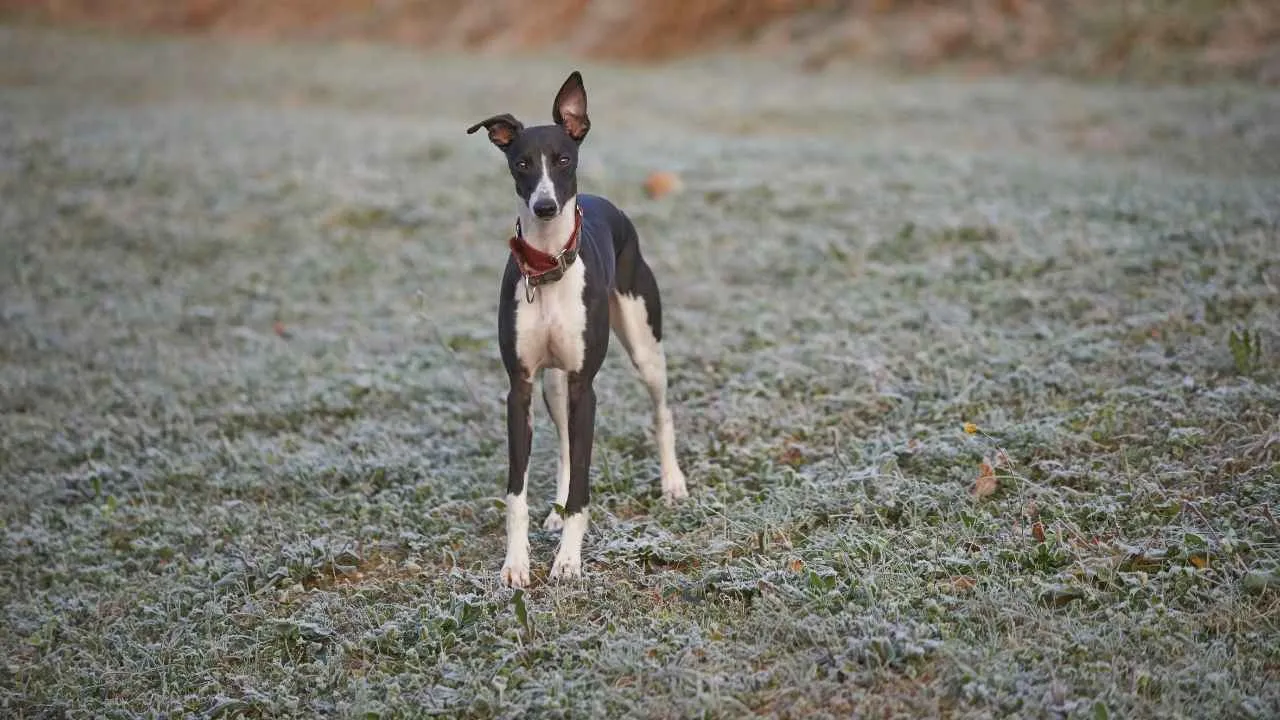
Coat type: Short, sleek
Maintenance: Low
Anxiety Levels: High when left alone
How to Manage: Provide consistent companionship and positive reinforcement
The Whippet’s lean and thin body makes it one of the most graceful gray dog breeds, but behind that elegance is a gentle, sensitive heart.
These dogs are extremely attached to their humans and often struggle with being alone. Their bond with family members and other companion animals runs deep.
Though they can sprint like lightning outdoors, Whippets are laid-back indoors, according to PDSA. They enjoy cozying up on soft furniture and rarely bark, making them great apartment dogs.
But emotional security is key. Whippets thrive on routine, love, and calm spaces. Their mental health can suffer without enough interaction or stimulation.
Despite being low-energy indoors, Whippets need walks and playtime to stay balanced. They’re best for pet parents who are home often and enjoy close companionship. If you’re looking for a loyal, peaceful friend who loves a quiet environment, the Whippet is your match.
Fun Fact:
Whippets can reach speeds over 35 mph but will happily spend most of their day snuggled under a blanket.
2. Greyhound
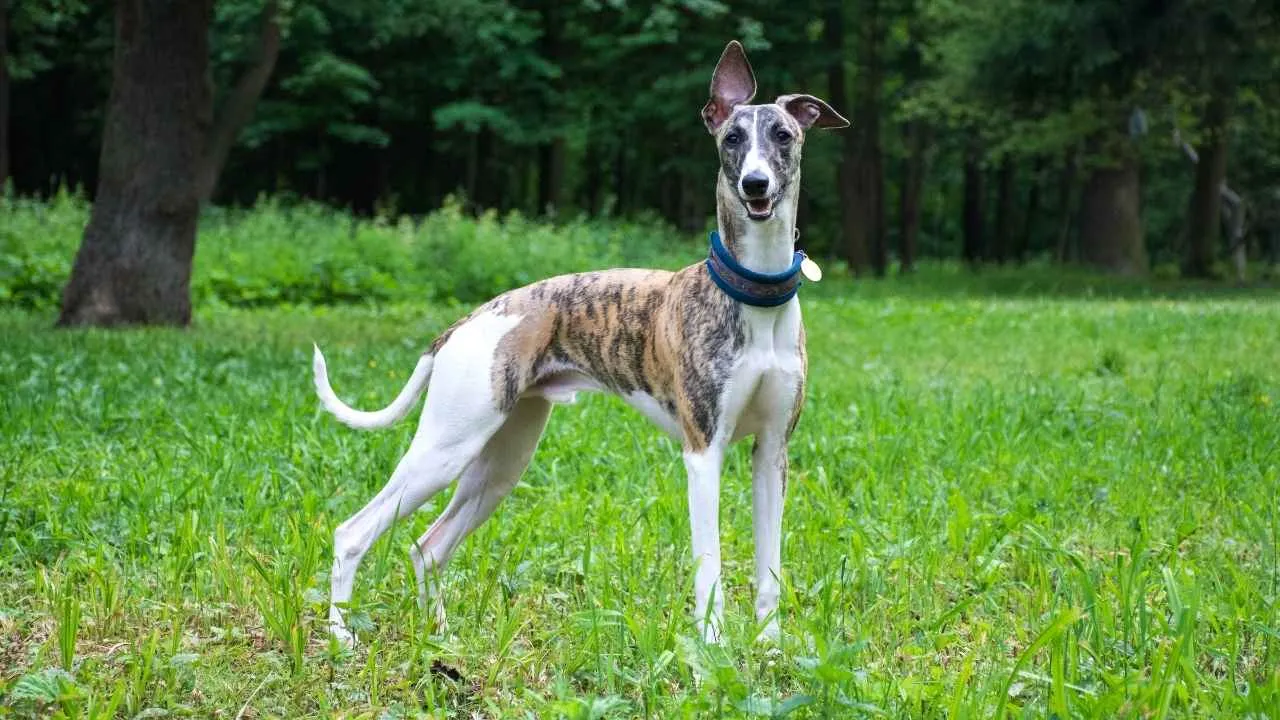
Coat type: Thin, short
Maintenance: Very low
Anxiety Levels: Moderate to high
How to Manage: Offer structure, affection, and mental stimulation
The Greyhound is a majestic figure among gray dog breeds, blending speed with softness. While known for racing, they’re actually quiet gentle giants at home.
Their graceful presence is matched by their deep sensitivity. These dogs often form intense bonds and may become anxious when left alone for too long.
With high emotional intelligence, Greyhounds detect your mood and want to be near you. They enjoy light activity and specific tasks, but mostly need comfort and companionship.
Regular walks and structured downtime keep them emotionally steady. Their low grooming needs and quiet nature make them amazing pets.
Often mistaken for aloof, Greyhounds are actually affectionate, loyal, and soulful. They’re even being used as service animals in some settings because of their gentle temperament. These pups need a soft bed, gentle care, and enough room to stretch out.
Fun Fact:
Greyhounds are one of the oldest dog breeds, featured in ancient art and even the Bible. They’ve been racing hearts for thousands of years.
3. Weimaraner
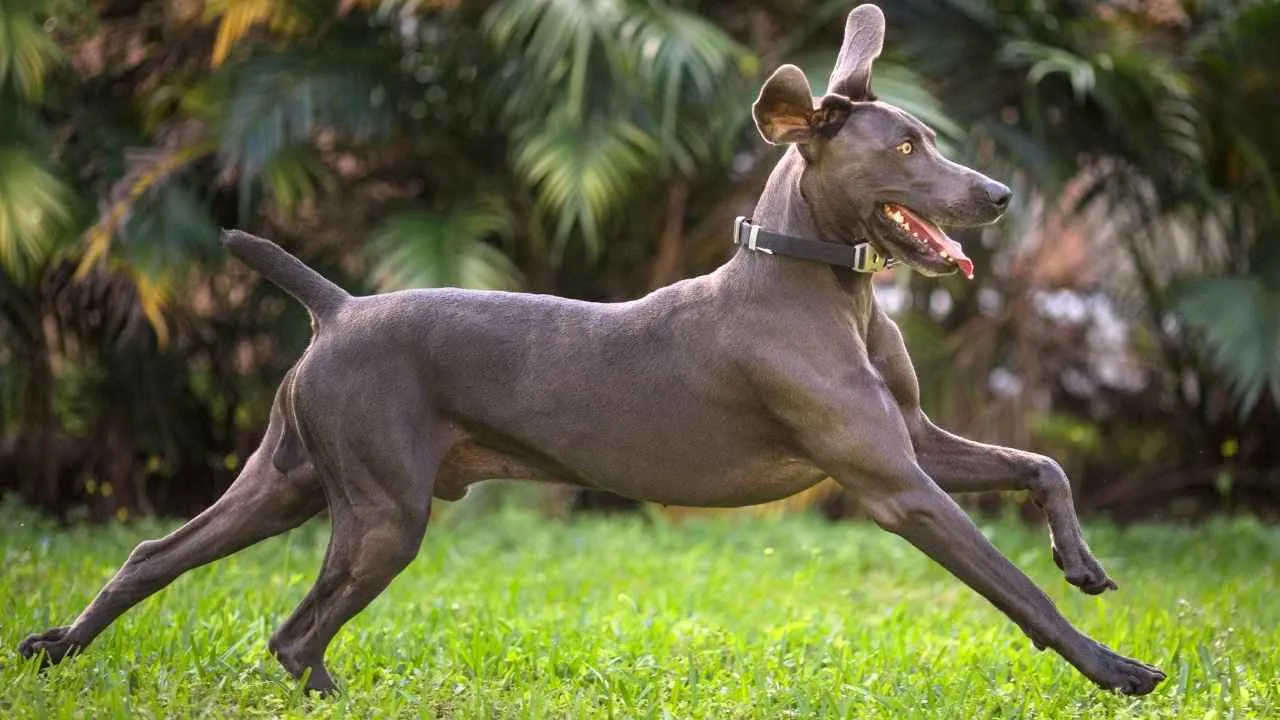
Coat type: Smooth, silver-gray
Maintenance: Low to moderate
Anxiety Levels: High, especially in isolation
How to Manage: Ensure regular walking, companionship, and mental engagement
With its sleek, silvery coat and soulful eyes, the Weimaraner turns heads wherever it goes. But beneath its athletic exterior lies a dog that needs constant connection.
These dogs bond strongly with their owners and don’t enjoy being alone. Without regular interaction, they often develop anxiety.
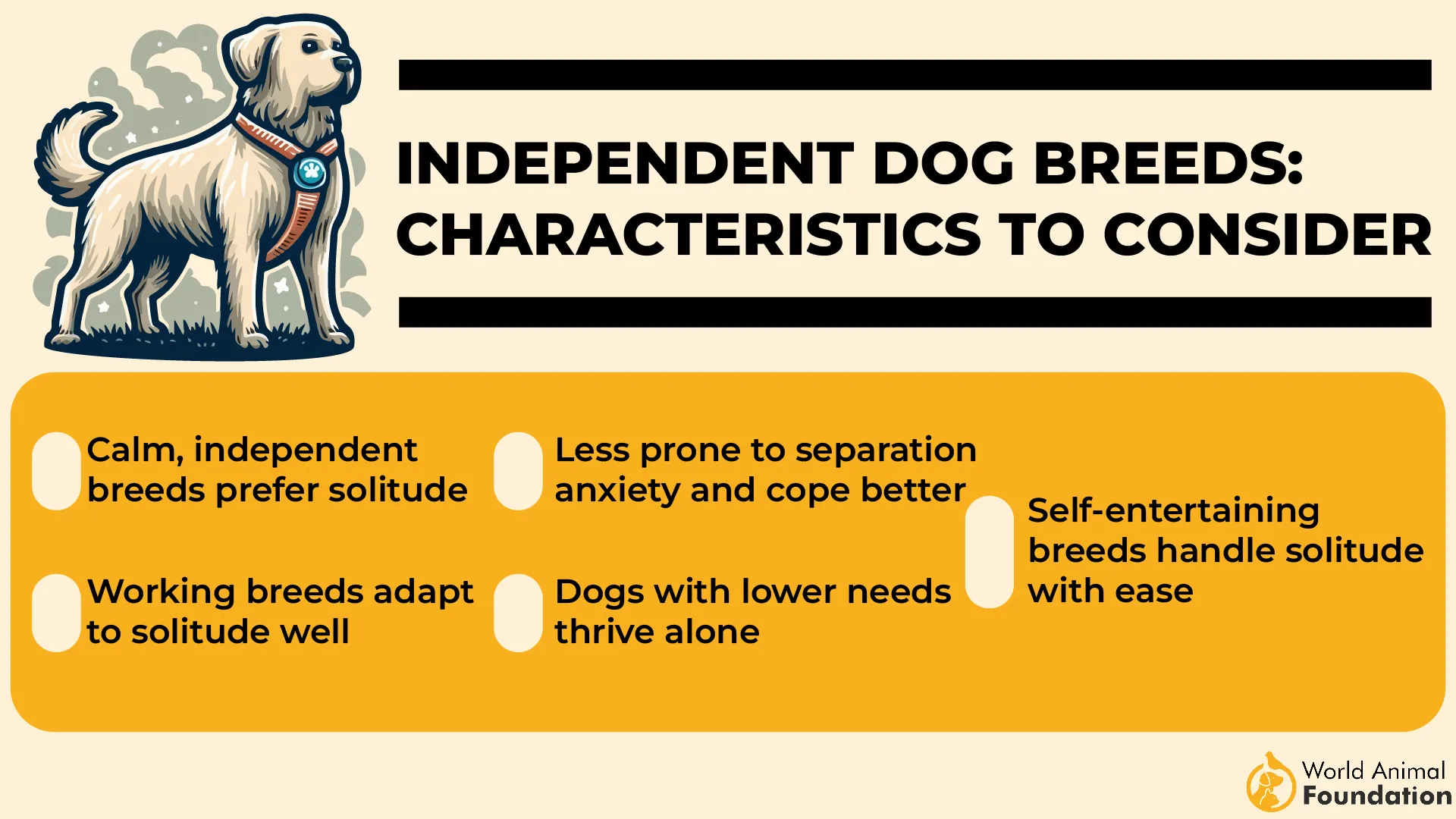
Weimaraners have serious energy levels, and they need physical stimulation to stay relaxed. Walks, hikes, puzzle toys, and interactive games all help meet their emotional needs.
Though they’re loving pets, they’re best suited for active households where the dog is treated as a true house member.
This breed’s affectionate nature makes it a loyal shadow. Weimaraners want to be near their person all day. While they can be a bit needy, their love is rewarding. With the right routine and engagement, they’re joyful, confident, and easy to train.
Fun Fact:
Weimaraners were once reserved for German nobility and used for tracking large game. Their striking appearance earned them the nickname “Gray Ghost.”
4. Siberian Husky
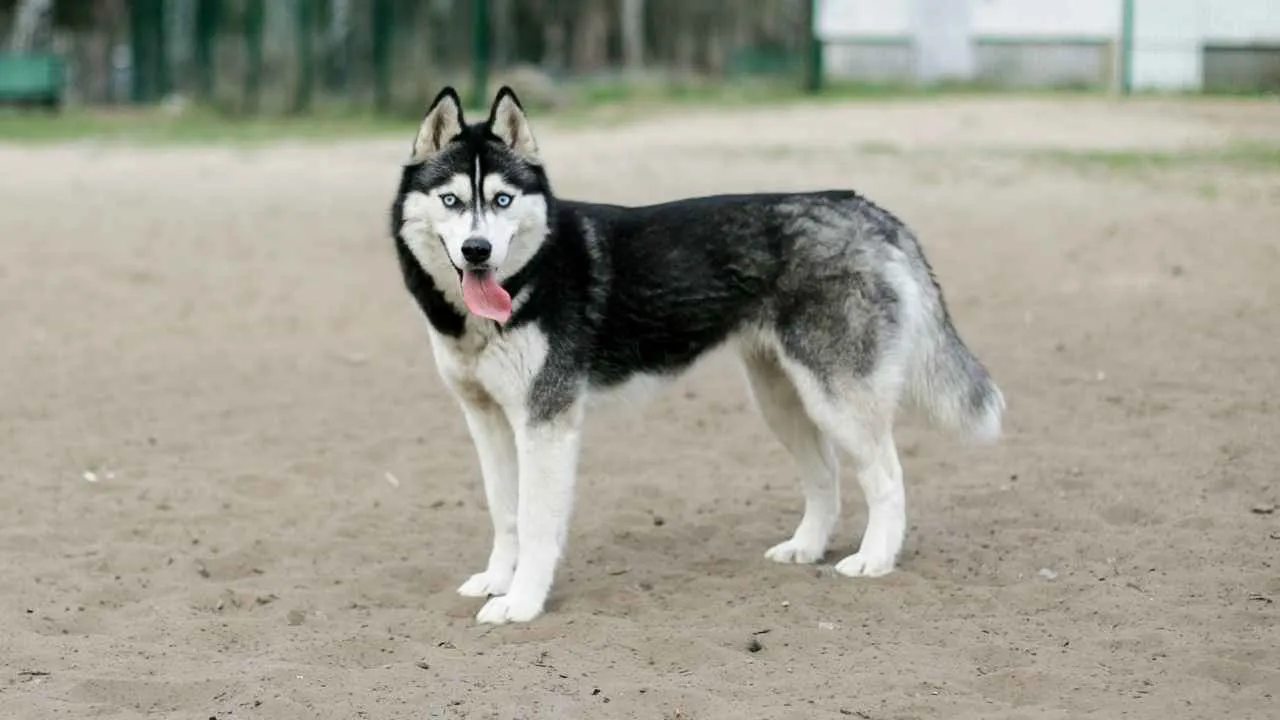
Coat type: Dense, double-layered
Maintenance: High–frequency brushing
Anxiety Levels: High if under-stimulated
How to Manage: Daily exercise, enrichment, and companionship
Known for their vocal nature, Siberian Huskies aren’t just howlers—they’re talkers, singers, and masters of expression, according to the American Kennel Club. As stunning silver dogs, their thick fur and icy eyes give them an almost magical appearance.
But behind that beauty is an intelligent dog who craves company. Huskies don’t like being left alone and often suffer from anxiety when isolated for too long.
Bred to work in packs, Huskies need both human and canine contact to feel secure. They’re very loyal, love to play, and need lots of physical activity to stay mentally balanced.
Without stimulation, they can bark, dig, or escape. Despite being good with pets, they may chase cats, so early socialization is key.
Siberians are happiest with people who are present and active. Their big hearts, sharp minds, and chatty personalities make them unforgettable companions for the right home.
Fun Fact:
Huskies can change their vocal pitch to mimic human sounds. They’re known to “talk back” and make some hilarious noises!
5. American Staffordshire Terrier
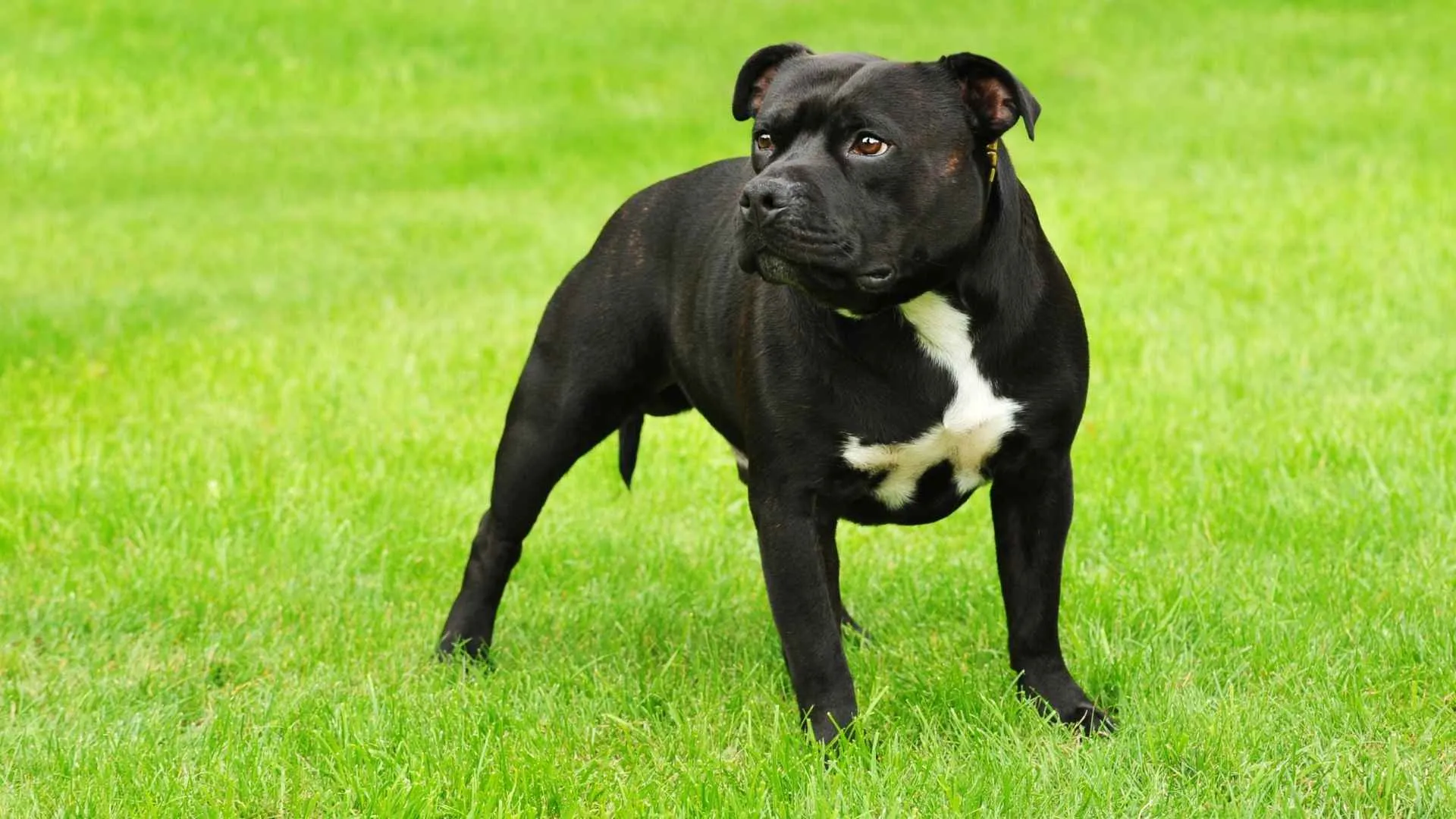
Coat type: Short, glossy
Maintenance: Low
Anxiety Levels: Moderate to high
How to Manage: Consistent exercise, structure, and bonding time
Often confused with other terriers, the American Staffordshire Terrier has its own unique charm. While bold and brawny, this silver-coated pup is deeply emotional and highly loyal.
Like many anxious dogs, they don’t enjoy being left behind and may develop stress-related behaviors if not properly supported.
Their need for exercise is high—they thrive on purposeful games, fetch, or even agility training. Though they can bark, they’re not yappy, and their temperament is surprisingly gentle with family. These dogs are brave, protective, and always aware of their surroundings.
Unlike some breeds, these dogs live to please their people. They form deep bonds with their family and prefer interactive meals, games, and food puzzles to stay busy. They can be wary of strangers, but early socialization helps them feel secure.
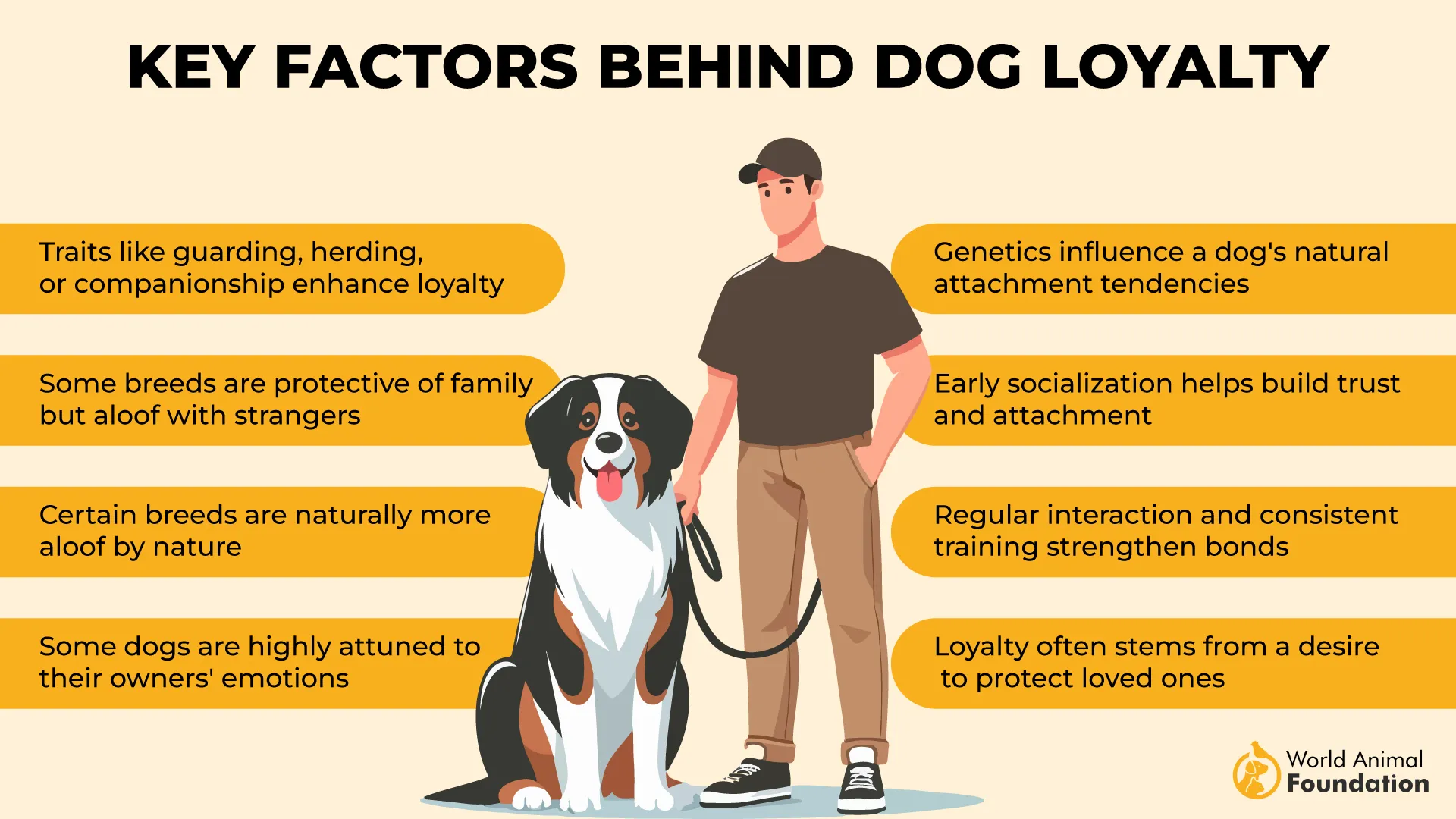
These loyal companions are a misunderstood treasure and offer calm, courageous companionship when given the right home.
Fun Fact:
These dogs are often therapy and support dogs due to their emotional depth. They’ll stick by your side through thick and thin.
6. Old English Sheepdog
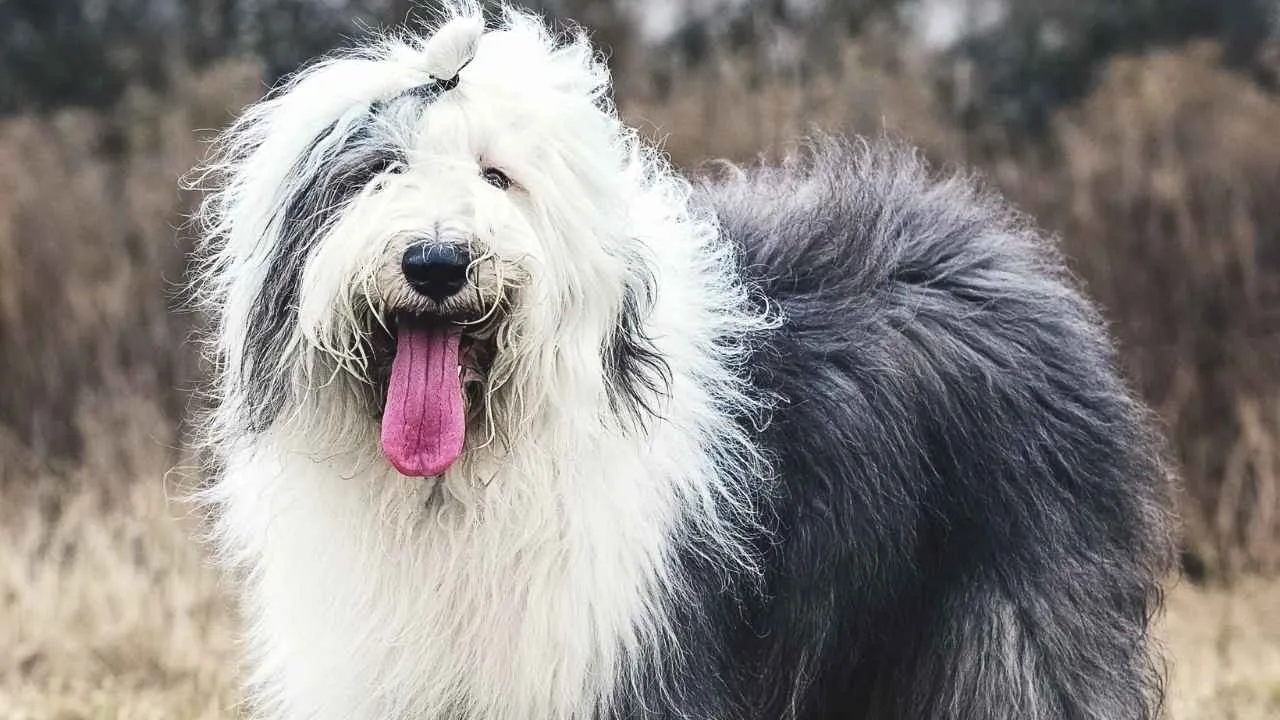
Coat type: Thick, long, double-coated
Maintenance: Very high – needs daily brushing
Anxiety Levels: Moderate
How to Manage: Quality time, daily exercise, and calm routines
According to Britannica, named for its role in herding sheep, the Old English Sheepdog may not be a shepherd today, but it’s still a master of companionship.
These gentle, silver-toned fluff balls with soft fur and big, expressive eyes are social and sensitive. They can become anxious if left alone too long, especially without mental engagement.
This breed loves to bark to express itself or alert the house. Despite their size, they’re softies who enjoy being around children, relaxing indoors, and brainy games. Their playful nature and loyalty make them one of the most lovable large breeds.
They do best with pet parents who offer routine, gentle training and lots of affection. Their fluffy appearance requires a lot of brushing, but in return, you get a cuddle buddy like no other.
Fun Fact:
Old English Sheepdogs are known to “herd” their humans, especially kids. They’ll gently nudge you toward bedtime or the fridge!
7. American Pit Bull Terrier
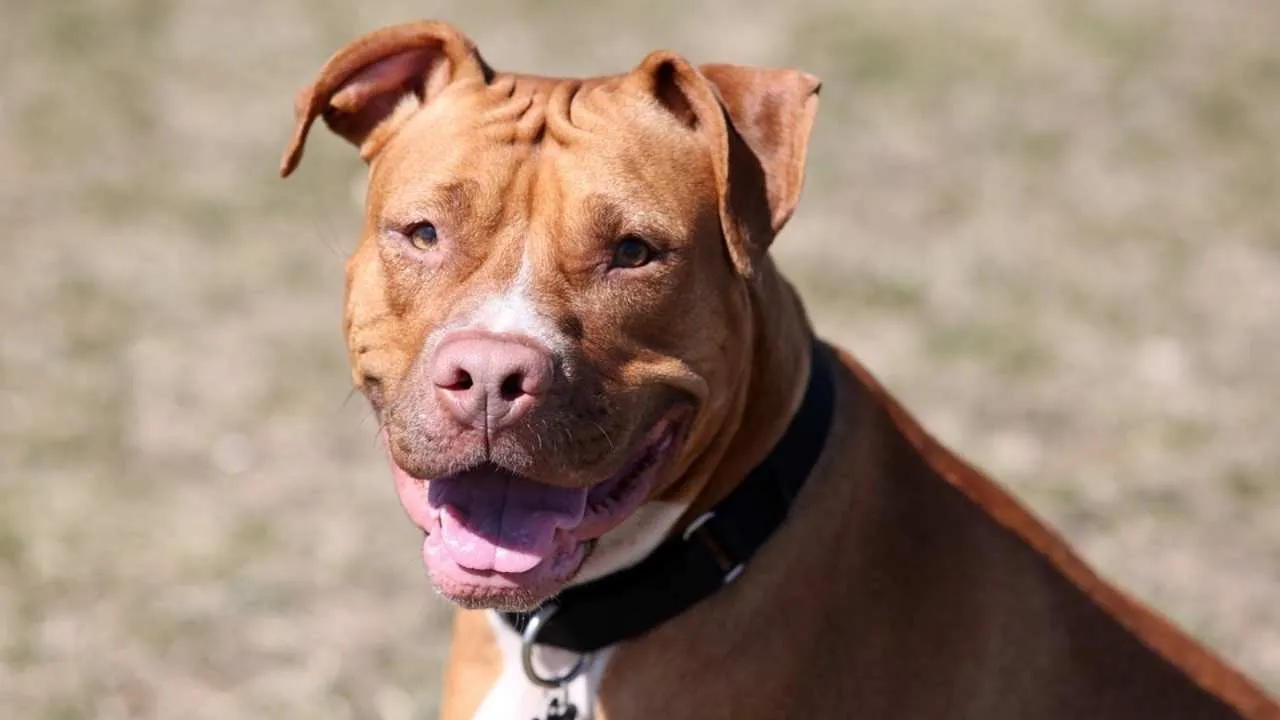
Coat type: Smooth, short
Maintenance: Low
Anxiety Levels: High, especially without social contact
How to Manage: Daily walks, structure, fun time, and affection
Often misunderstood, the American Pit Bull Terrier differs from the typical “Pitbull” image. This silver-coated version is deeply emotional, highly people-oriented, and easily prone to anxiety. These dogs need connection, interaction, and a strong love from people to feel safe.
Unlike many pets, they don’t do well in isolation. They love to bark when excited or stressed and like company at all times.
They’re an example of how playful and loving misunderstood dogs can be. With children, they are gentle and goofy, often forming unbreakable bonds.
Their energetic nature needs daily outlets, like long walks, tug-of-war, or learning tricks. Despite their strength, they are incredibly sensitive and pick up on your emotions with surprising sense and loyalty.
Many prefer to adopt this breed for their devotion, but they thrive best in homes that offer structure, love, and room to grow emotionally.
Fun Fact:
Pit Bulls were once known as “nanny dogs” in the early 1900s. They were trusted to watch over children due to their sweet nature!
Conclusion
These silver dog breeds that are anxious might look confident, but inside they’re softies craving closeness. From the sensitive Greyhound to the chatty Husky, each one brings love, loyalty, and a little extra neediness.
They’re not just great watchdogs or loving small dogs—they’re emotional creatures who feel deeply. While they can be amazing emotional support animals for humans, sometimes it feels like they could use one themselves!
Compared to other dogs, these pups thrive with affection, structure, and lots of bonding time. Whether it’s cuddling or just being in their life, the benefit of loving an anxious pup is pure heart.


